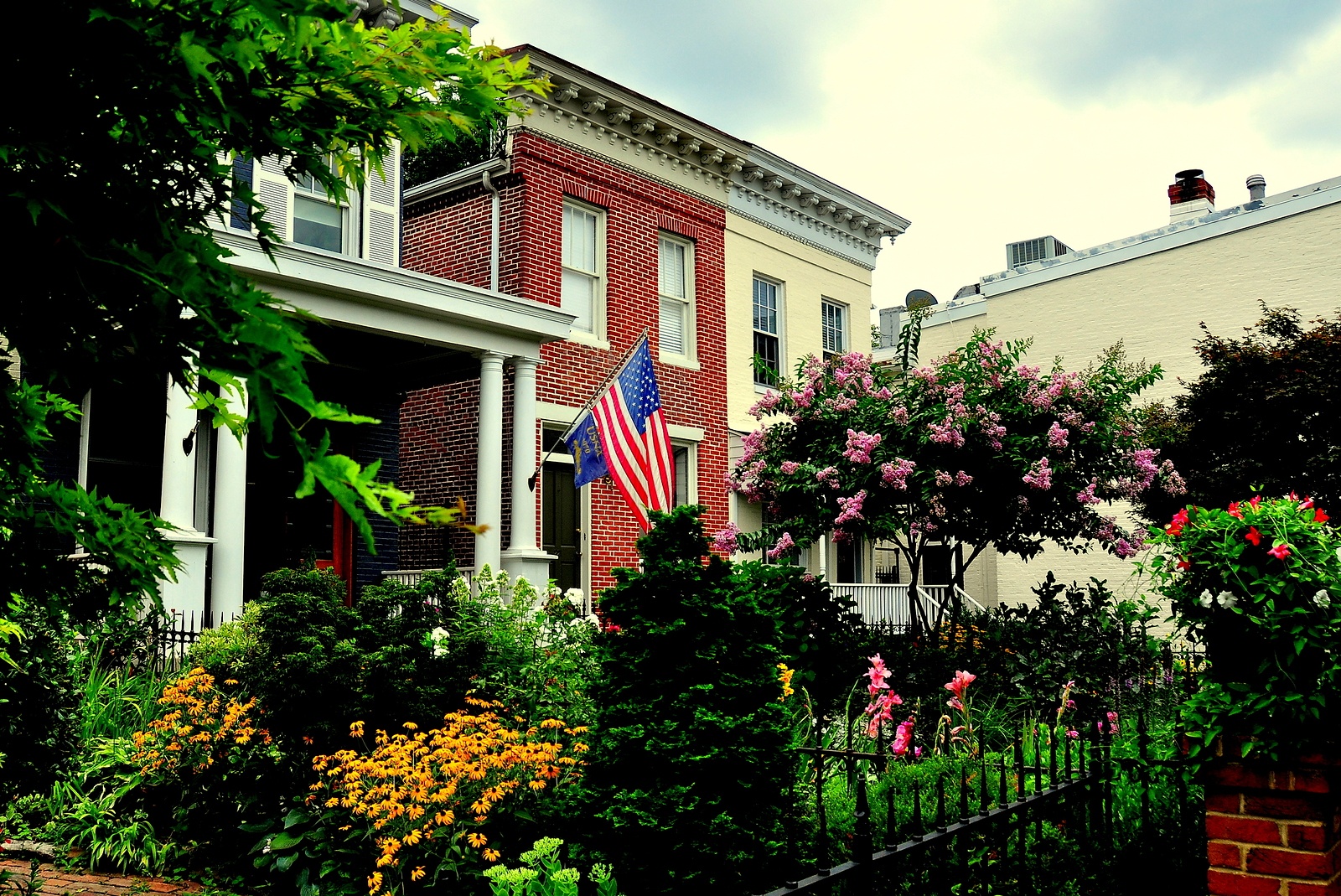In the historic neighborhoods of Washington DC, brick restoration and repair are essential for preserving the stately old buildings. Well-preserved brick and mortar protects the authenticity of the original architecture and boosts the property values of the homes. Traditional materials and techniques will maintain these brick facades for another generation.
Historic homes aren't for everyone. The desire to own a piece of history - with the unique workmanship and features of an older homes - motivates many owners. Historical neighborhoods tend to be stable, with well-landscaped streets and close communities. Many are walkable with easily accessed services such as public transit, entertainment, and shopping.
Old homes need regular maintenance and restoration. Preservation of those unique architectural and design features is essential to maintaining the value and desirability of the individual dwellings and the neighborhood. In many of DC’s historic sections, an important and visible maintenance chore is brick restoration and repair. When it comes to repairs on historic DC brick homes, here are some concerns for home owners:
Tuckpointing and Mortar
- Historic brick homes in Washington, DC that were built from the 1700s until the 1920s have “load bearing” masonry walls consisting only of bricks and mortar. They contain no iron, steel, or any other reinforcing structural support inside their walls. These “load bearing buildings”— meaning that their own weight provides exclusive structural integrity — were built of coal-fired clay bricks assembled with lime mortar.
- Old brick is softer than brick manufactured today. The load-bearing exterior walls of historic homes were built of coal-fired clay bricks assembled with lime mortar. The composition, texture, and strength – or level of hardness – of historic mortar are completely different from cement or concrete, which are modern building materials suited for new construction.
- When tuckpointing old brick, the mortar MUST be softer (in compression strength) than the brick. Moisture within a wall needs to escape and evaporate. Mortar that is too hard will force the moisture to escape through the softer brick or stone. This will result in permanent damage such as cracking and spalling.
- If a historic building is tuckpointed with cement, that modern material’s extreme density – or its level of hardness – will cause the softer coal-fired bricks to crack. If a historic building is not tuckpointed properly, it will eventually show signs of structural damage and interior water penetration.
Your masonry contractor
If you are the owner of a historic DC brick home and you intend to maintain it for the next generation, you want the facade to be well preserved. That means any repair or restoration should be done in a manner that protects the classic elegance and integrity of the property. You start by selecting a contractor that has expertise in traditional tuckpointing methods and materials, as well as knowledge of historic buildings and neighborhoods.
Renaissance Development, a leader in brick restoration and historic preservation, specializes in the restoration of a historic brick building’s mortar joints using traditional methods (tuckpointing) and materials. Contact us for a free site visit and project quote.






